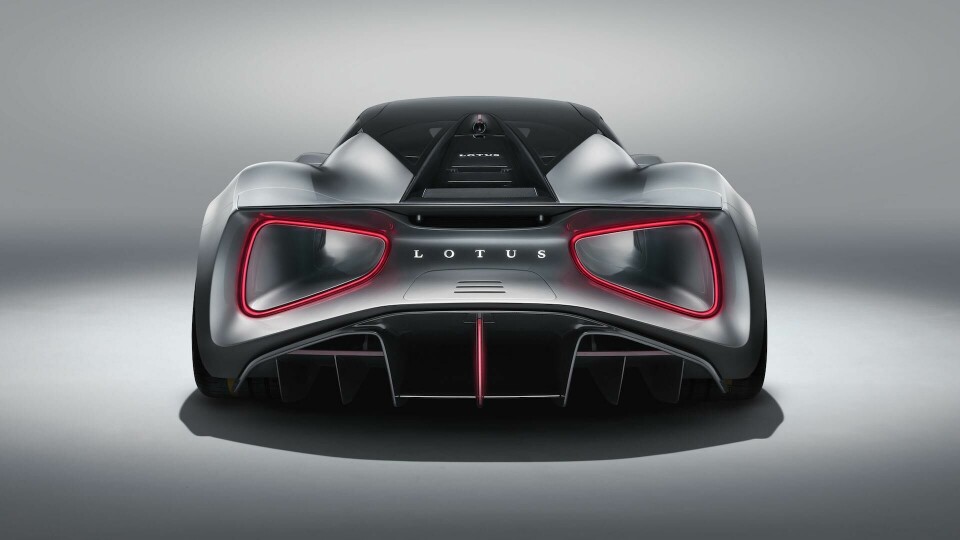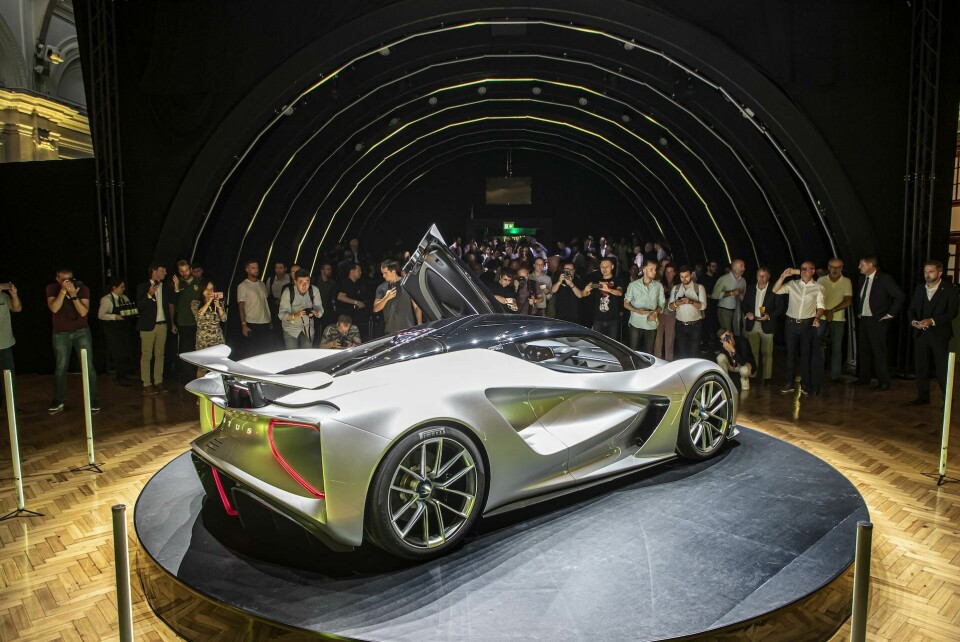
First Sight: Lotus Evija
Two wonder cars from two British brands within one week? It must have been something in the water. Car Design News was at the latest global unveil – of the Lotus ‘T130’ Evija in London – to uncover again the design’s inside track

2000hp full-electric, two-seat hypercars aren’t bread-and-butter products for any brand, least of all Lotus whose last few decades have seen more lows than highs and no all-new product in ten years (the last being the Evora in 2009). So to say the new 200mph-plus, 250-mile range, £1.7m (before taxes) Lotus Evija EV due in 2020 is a big deal would be an understatement. In simple terms, the new Evija hypercar represents no less than the re-birth of the legendary British sports car brand.
“I’ve never received a brief like this,” exclaimed Lotus head of design Russell Carr, “it was a chance in a lifetime. The pinnacle technically and aesthetically. We’ve ate, drank and slept this car for the last 12 months, in fact almost the last 24 months if you count from the early sketches.”
Carr said inspirations for him and team for the Evija (pronounced “eh-v’eye-ah”) were numerous, ranging from aerospace, natural forms, the possibilities created by the EV package and infotainment ergonomics, but also Lotus’s impressive back catalogue – eleven of which were lined up outside the global unveil building in various shades of Lotus yellow, and beginning with the letter E (Elan, Éclat, Esprit etc).
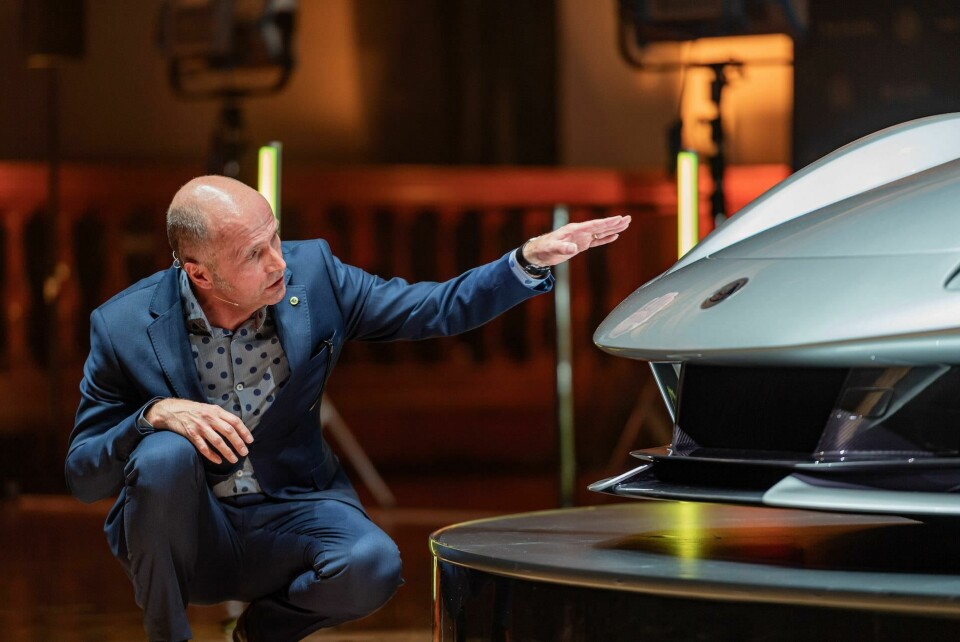
“There are lots of references from the natural world, certainly around the haunches, whether you’re looking at the muscularity of a human shoulder or a big cat prowling ready to take its prey,” continued Carr. “You can see that in the Evija and that’s stuff people would probably recognise in the body from of our existing past. But with this car we didn’t go too extreme. We wanted it to look really modern but beautiful as well, with set fluid surfaces. If you stand at the front of the car there’s a huge amount of taper to the cabin, which is a good thing for drag reduction, something you see on racing cars and also on the Evora.”
All logical and fair enough directions for a low-slung hypercar targeting 0-62mph (0-100km/h) in under three seconds and 0-186mph (0-300km/h) in under nine. But arguably the stand-out design and functional features of the Evija are its aero-enhancing twin Venturi tunnels, which appear to be carved out of the sides of the car before exiting at the rear in two massive red LED-lit outlets.
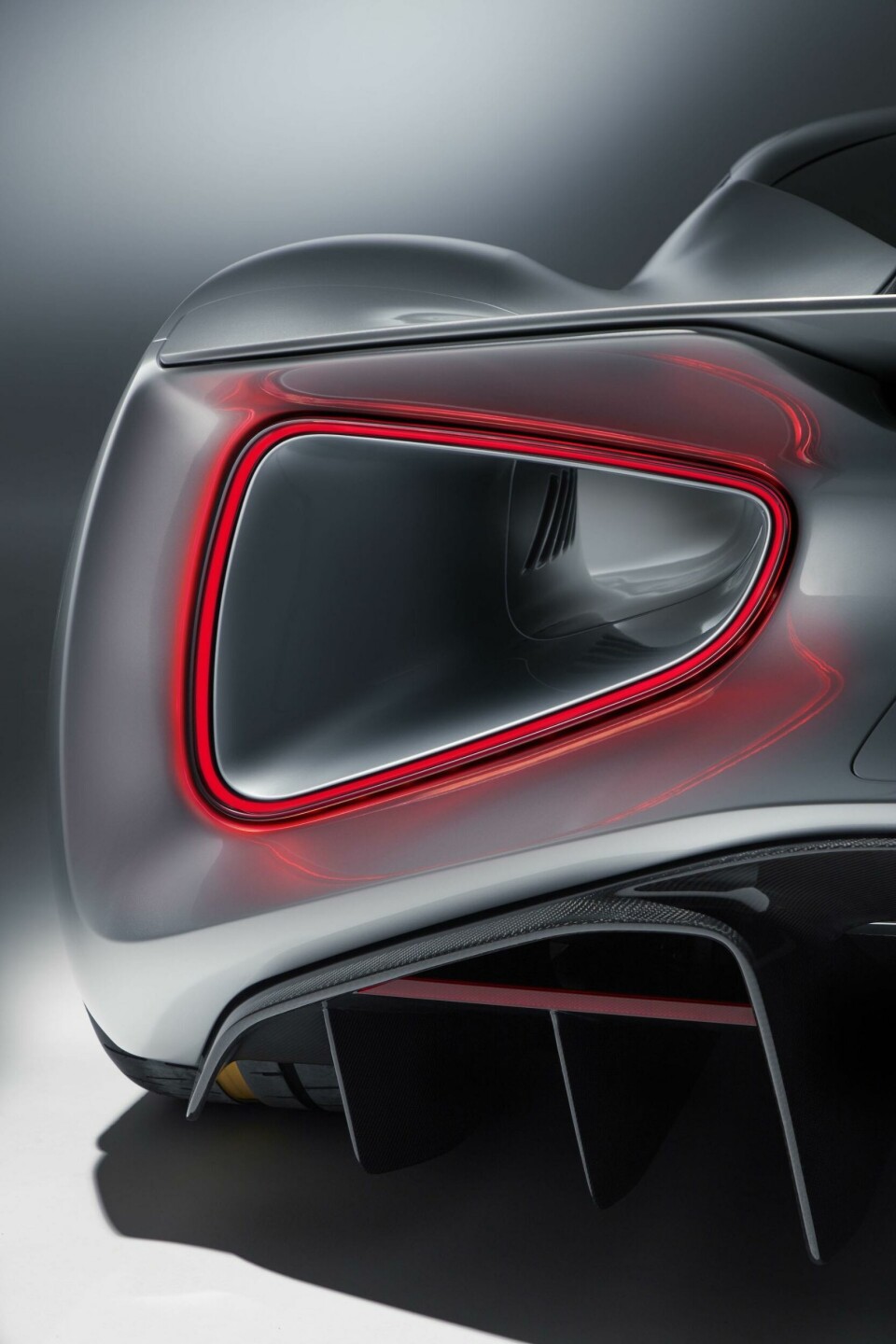
“What I think is fresh on this car is the airflow management,” Carr confirmed to Car Design News. “We needed downforce as this is an extremely high-performance car and the easy way to do that is to make a slab-sided car like the 962 or those [sports-prototype] racing cars from the ’80s, but we spotted the trend you see in a lot of current-era LMP cars, where the airflow is managed not only over the car’s surfaces but also through the car too. That gave a really interesting sculptural opportunity. At the rear of the car you get the killer view of it.”
The Evija is 4459mm long, 2000mm wide but only 1122mm high. That’s considerably shorter and lower than the similarly all-electric forthcoming Battista hypercar from Automobili Pininfarina at 4909mm long, 2070mm wide (without mirrors) and 1201mm high. Its 1680kg claimed weight makes it the heaviest Lotus ever – even if you include the Lotus Carlton/Omega super-sedan from the early ’90s – but it is at least substantially lighter than electric hypercars from Rimac, Pininfarina et al., which are all approaching two tonnes.
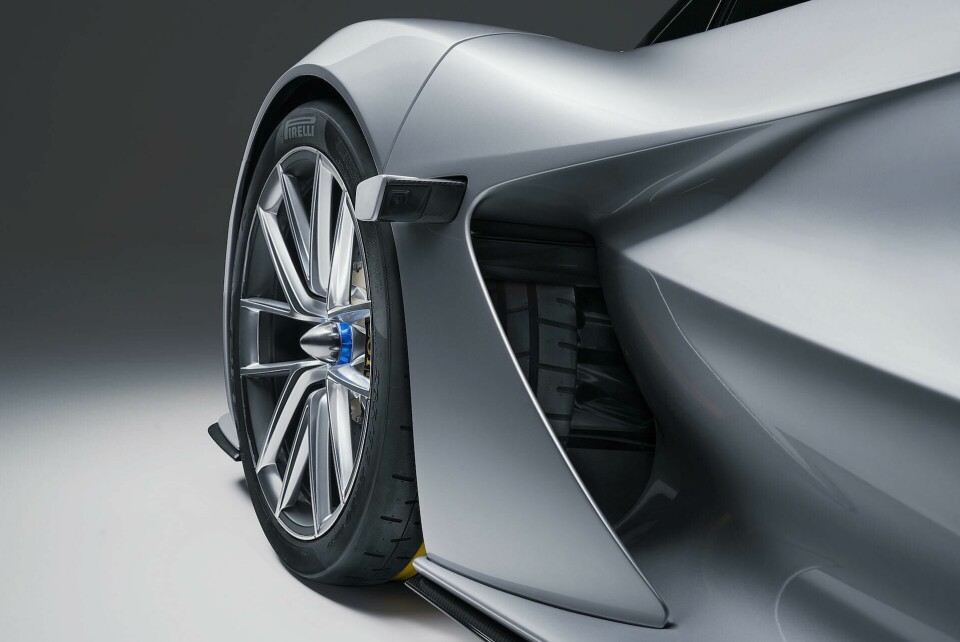
The Evija doesn’t have a ‘with mirrors’ width because it uses a pair of small deployable cameras instead which relay the rearward view to two interior screens. Unlike any Lotus before it, the Evija has a genuinely special cabin, mixing minimal and luxury to good effect plus adding a healthy dose of function too. The floating IP beam is structural but also carries the ducting for the vents inside it, while the also-floating and angled centre stack features haptic-optimised hexagonal craters.
As Carr explained: “We’ve done it this way so if you’re driving the car relatively quickly, you can still feel where you need to put your fingers; you’re not touching a screen with no form on it. The driver screen isn’t a touchscreen, it’s worked via the switch panel.”
Alongside dramatic doors which open up and outward, a deploying rear whale fin and a mid-mounted 70 kWh battery behind the passengers with twin electric motors offering all-wheel drive, there’s so much more to say and explore in the Evija which can’t all be covered in this early First Sight. So keep an eye on CDN as we publish more in-depth stories on this incredible car in due course, but for now, take it from us: up close and personal, this production hypercar bears up superbly to some serious scrutiny.
